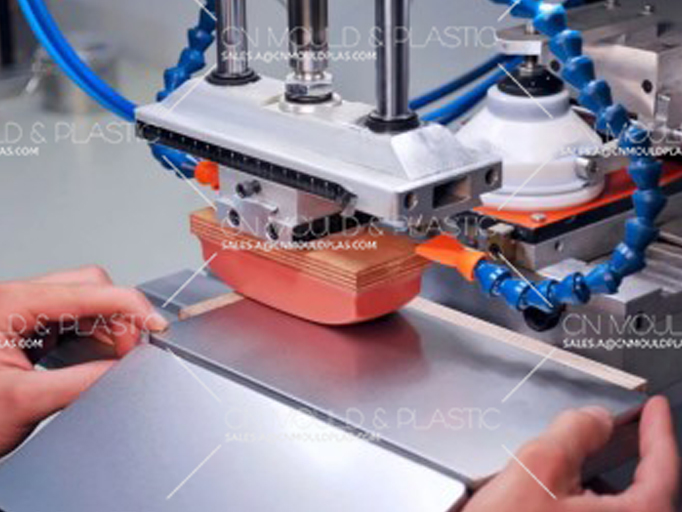The main runner, also known as the direct gate, is the part where the molten material first enters the mold cavity and connects the nozzle with the mold cavity. It is suitable for molds with direct gates (single-cavity molds) and for molding deep cavities in shell-shaped or box-shaped plastic parts. However, it is not suitable for molding thin, flat, or easily deformable plastic parts.
During the molding process, the injection machine nozzle repeatedly contacts and separates from the mold gate. To ensure proper alignment between the nozzle and the main runner, and to enhance the mold's service life, a main runner bushing should be used. When designing the main runner bushing, the following factors should be considered:
1) The diameter of the main runner bushing inlet (d) should be 0.5 to 1.0 mm larger than the diameter of the injection machine nozzle. The radius of the spherical contact area (R) between the main runner bushing and the nozzle should be 1 to 2 mm larger than the radius of the nozzle's spherical tip to ensure proper contact, prevent overflow, and facilitate smooth ejection of the cold material.


2) The ideal length of the main runner (L) is 50 to 60 mm (it should not exceed 80 mm for ABS materials). The minimum length of the main runner is 20 mm, and for materials like HCPP, it can be as long as 152.4 mm (6 inches).
3) The main runner should be tapered, with a taper angle (α) typically between 1° and 3°. The inner wall surface roughness (Ra) should be 0.8 µm.
4) The outlet of the main runner should have a rounded corner to improve the flow of the molten material. There should be a smooth transition from the runner to the gate.
5) The cross-sectional shape of the main runner is generally circular, which makes it easier for machining.
6) The minimum diameter of the runner should be determined based on the weight of the molded part.
Advantages:
The plastic flow path is short, the material feed is quick, flow resistance is low, pressure transfer is efficient, and the compensation for shrinkage is strong. This facilitates venting and eliminates weld lines. The material waste in the injection system is minimal, and the mold structure is simple and compact.
Disadvantages:
The removal of the gate is difficult, leaving obvious gate marks on the molded part. The gate area tends to concentrate heat, leading to delayed cavity sealing, high internal stress, and the possibility of defects such as air pockets, sink marks, etc.

